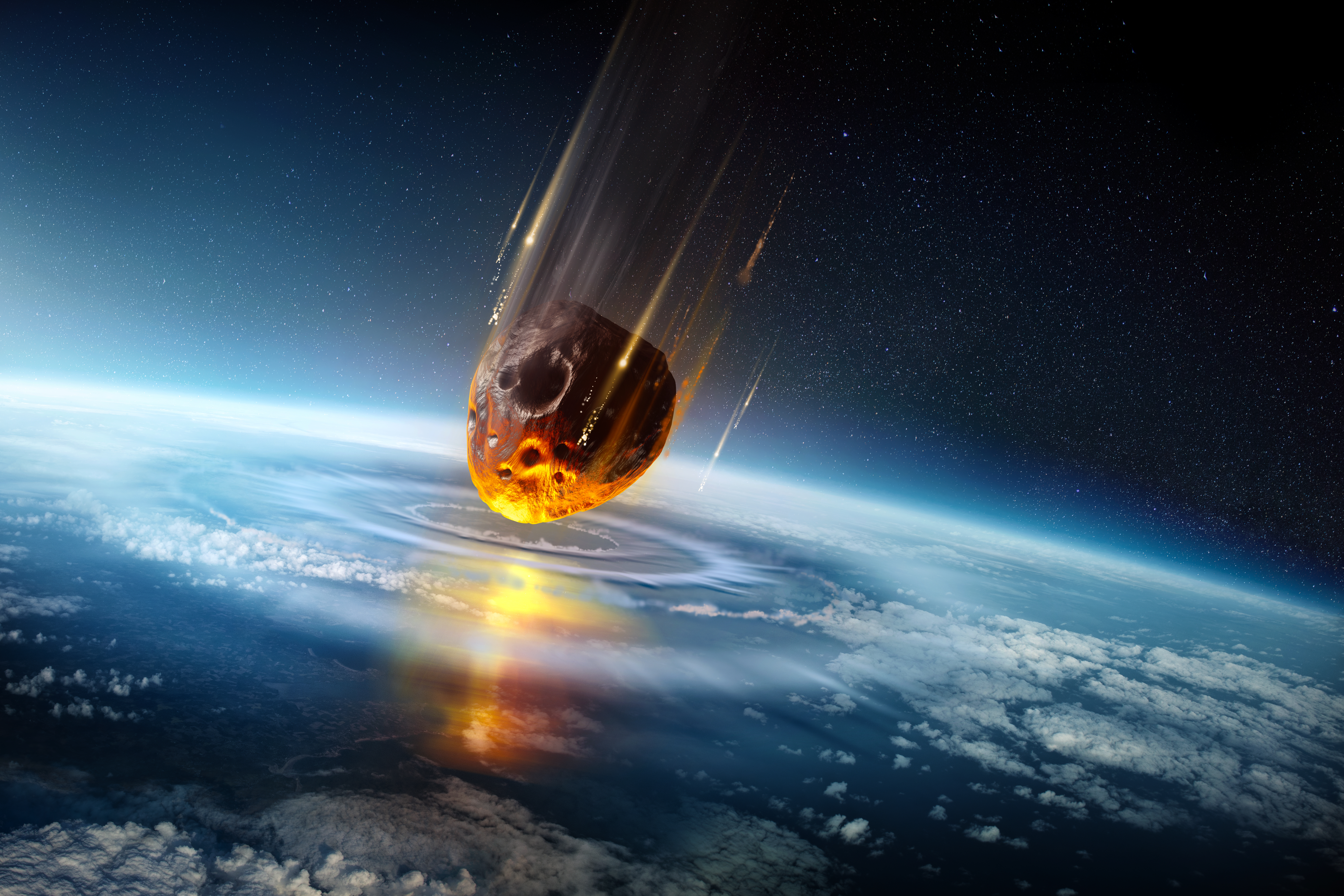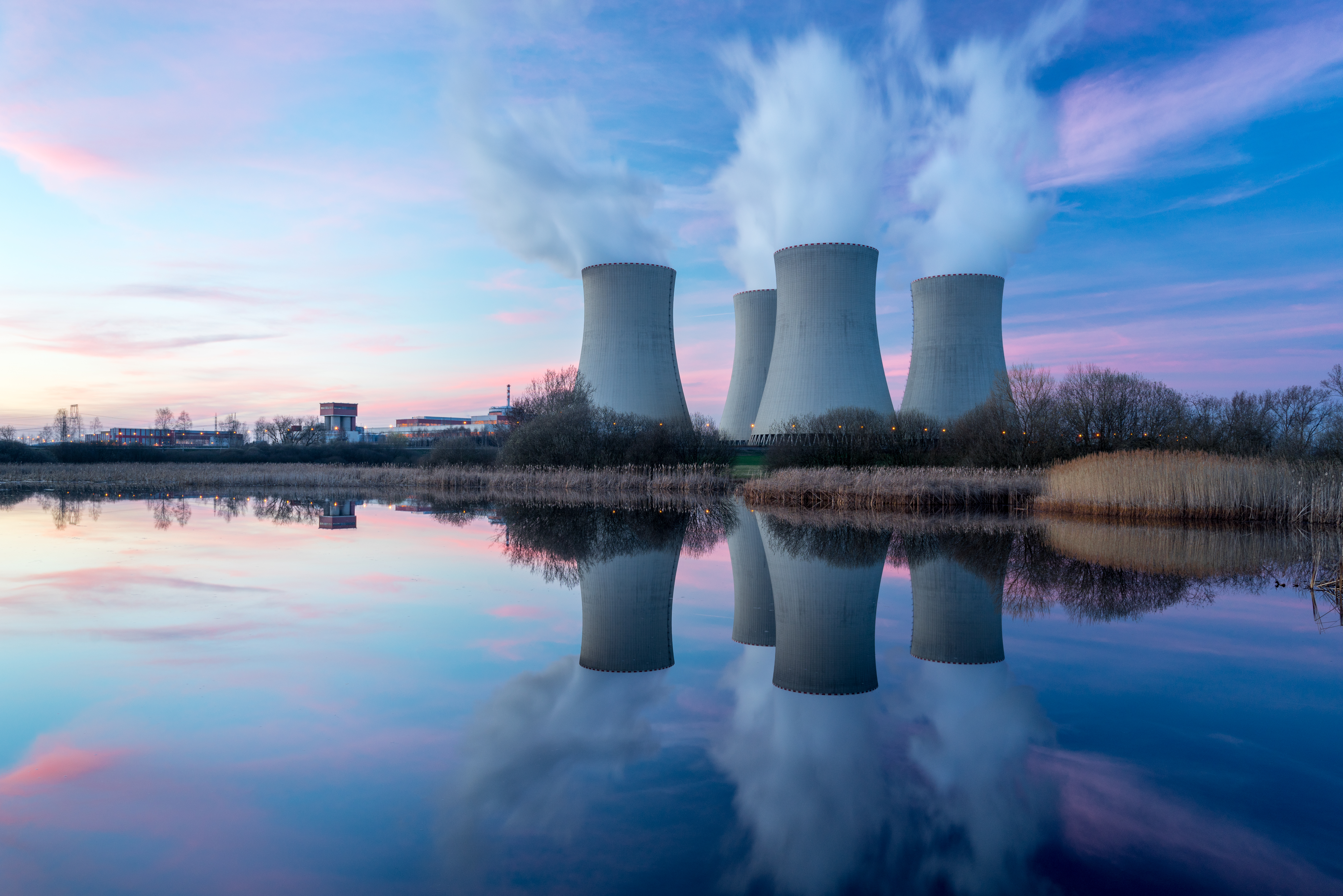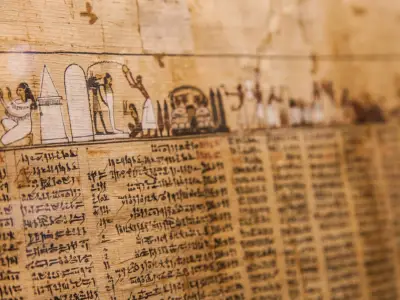Have you ever wondered about the future of our planet and the many forms of life that share it with us? Today, we're delving into an important topic—the Sixth Mass Extinction. Often, we hear about environmental changes and their impact, but understanding the broader context of these changes helps us realise our role and responsibilities.
Let's explore what mass extinction events are, whether we are indeed in the middle of one, and most importantly, how we can steer away from such a devastating path.
Jump to:
- What is Mass Extinction?
- How Many Times Has Life Been Wiped Out?
- What Are The Five Major Extinctions?
- Are We in the Sixth Mass Extinction?
- What Causes Mass Extinction?
- How Do We Avoid the Sixth Mass Extinction?
- What Can I Do to Help Prevent the Sixth Mass Extinction?
- Frequently Asked Questions About the Sixth Mass Extinction
Recommended for you!
Best SellersWhat is Mass Extinction?
Mass extinction refers to a period in Earth’s history when a substantial number of species die off in a relatively short geological interval. Throughout Earth's history, five major mass extinctions have drastically altered life on our planet. These events are characterised by the loss of at least 75% of species and are caused by catastrophic disturbances like volcanic eruptions, meteor impacts, and drastic climate changes.
How Many Times Has Life Been Wiped Out?
While life as a whole has never been completely wiped out, the five mass extinctions significantly reduced biodiversity each time. Currently, we are witnessing a similar pattern, prompting concerns about the future.
What Are The Five Major Extinctions?
To better understand the sixth mass extinction, it's helpful to look back at the previous five:

1. End Ordovician
Timeframe: About 444 million years ago
Primary Causes: A severe ice age dramatically lowered sea levels, drastically reducing marine habitats.
Impact: This extinction event affected mostly marine life, particularly in shallow waters where temperature fluctuations were most severe. Estimates suggest that up to 85% of all marine species disappeared.
2. Late Devonian
Timeframe: Roughly 375 million years ago
Primary Causes: The proliferation of plant life led to significant environmental changes. As plants consumed CO2 for photosynthesis, they released oxygen but also drew nutrients from the ground, leading to an oxygen-poor environment in the oceans.
Impact: The extensive growth of land plants possibly contributed to the lack of oxygen in the seas, causing the suffocation of marine life. About 75% of species were lost, particularly affecting marine habitats, though terrestrial species also experienced declines.
3. End Permian (The Great Dying)
Timeframe: Occurred 252 million years ago
Primary Causes: Believed to be massive volcanic eruptions in what is now Siberia. These eruptions likely emitted vast amounts of volcanic gas, including carbon dioxide and methane, which triggered severe global warming and ocean acidification.
Impact: This was the most severe mass extinction event in Earth's history, wiping out approximately 96% of all marine species and 70% of terrestrial vertebrate species. The event nearly reset the evolutionary table.
4. End Triassic
Timeframe: About 201 million years ago
Primary Causes: This extinction phase is also linked to volcanic activity that led to climate change, alongside an increase in carbon dioxide levels from volcanic gases.
Impact: Roughly half of all species went extinct. After the extinction event, environmental changes allowed dinosaurs to become the dominant terrestrial vertebrates.
5. End Cretaceous
Timeframe: 66 million years ago
Primary Causes: The most famous of the mass extinctions, this event is widely attributed to a massive asteroid impact, specifically at the Chicxulub crater in present-day Mexico. The impact would have thrown enormous amounts of debris into the atmosphere, blocking sunlight and disrupting climate patterns.
Impact: This event famously caused the extinction of the dinosaurs, except for their avian descendants, and affected a wide range of plant and animal groups. It is estimated that about 75% of all species on Earth perished.
Are We in the Sixth Mass Extinction?
Recent studies and observations suggest that Earth is currently experiencing its sixth mass extinction. The rates of species extinction are now hundreds, or possibly thousands, of times higher than the "background" or average rate observed over the long term. Key drivers include habitat loss, climate change, pollution, invasive species, and overexploitation. This rate of loss signifies a massive decrease in biodiversity, which can destabilise ecosystems and affect humanity's food security, health, and resilience against natural disasters.
What Causes Mass Extinction?
The primary causes of historical mass extinctions include natural catastrophes and gradual environmental changes. Today, however, the looming sixth extinction is predominantly driven by human activities. This is a critical difference, as it suggests that human actions can either reduce or exacerbate this crisis.

How Do We Avoid the Sixth Mass Extinction?
Avoiding a mass extinction event requires immediate and sustained action. Here are some strategies:
1. Protect and Restore Habitats
Expanding protected areas and restoring degraded ecosystems are essential. Increasing the size and number of protected areas ensures that more habitats are preserved in their natural state, providing sanctuaries where wildlife can thrive. Activities such as reforestation, wetland restoration, and the rehabilitation of coral reefs play important roles in bringing degraded ecosystems back to life, helping to boost biodiversity and ecosystem services.
2. Combat Climate Change
It’s important to reduce carbon emissions and shift to renewable energy sources. Implementing stricter emissions standards for industries and investing in clean public transport can drastically reduce communities' carbon footprints. Promoting the adoption of solar, wind, and hydroelectric power can reduce dependence on fossil fuels, lowering greenhouse gas emissions.
3. Promote Sustainable Practices
Encouraging sustainable agriculture, fishing, and resource use can reduce the pressure on the environment and biodiversity. Sustainable practices include using less water-intensive methods, reducing the use of pesticides and fertilisers that can harm wildlife, and adopting fishing methods that do not deplete fish stocks or destroy marine habitats.
4. Foster Biodiversity
Supporting a variety of species can create more resilient ecosystems. Ensuring that different species thrive can help ecosystems withstand and recover from disruptions. This includes protecting pollinators, maintaining seed banks, and using indigenous plants in landscaping.
What Can I Do to Help Prevent the Sixth Mass Extinction?
Everyone can play a part in preventing the sixth mass extinction:
- Educate Yourself and Others: Knowledge is power. Learn about environmental issues and share your knowledge.
- Support Conservation Efforts: Whether through donations, volunteer work, or advocacy, supporting organisations that work on conservation can make a big difference.
- Live Sustainably: Reduce your ecological footprint by minimising waste, using sustainable products, and reducing energy consumption.
- Vote and Advocate: Support policies and leaders committed to environmental sustainability.

Frequently Asked Questions About the Sixth Mass Extinction
When Did the 6th Mass Extinction Start?
The onset of the sixth mass extinction is difficult to pinpoint with absolute precision, but many scientists agree that its signs became noticeable at the onset of the Industrial Revolution. This period marked significant human advancements at the expense of environmental stability, leading to increased emissions, habitat destruction, and species declines.
How Long Do Humans Have Left on Earth?
The answer largely depends on our actions today. By actively working to preserve our planet's biodiversity and reduce environmental impacts, we can ensure a sustainable future for generations to come.
What is the Most Likely Extinction Event?
While it's challenging to predict specific events, the most likely drivers of a potential human extinction include severe climate change impacts, large-scale nuclear warfare, and pandemics that exceed our capacity to control. However, each of these scenarios is preventable through careful policy, preparedness, and global cooperation.
How Many Times Have Humans Almost Been Extinct?
Humans have faced several near-extinction events throughout history, primarily due to drastic climate changes and catastrophic natural events. Notably, during the Toba supervolcanic eruption approximately 75,000 years ago, the global population may have plummeted, leaving only a few thousand individuals worldwide.
Will There Be a Mass Extinction in 2050?
Predictions about specific dates for mass extinction events, like 2050, are speculative and often sensationalised. However, without significant changes in our environmental policies and practices, the rate of biodiversity loss could lead to increasingly severe consequences for ecosystems and human life alike by mid-century.
Are We in an Extinction Period?
The current data and scientific consensus indicate that we are in the middle of an anthropogenic (human-caused) mass extinction period, marked by rapid declines in species populations and health across various ecosystems globally.
How Will Humanity End?
The end of humanity, if it were to occur, would likely result from a combination of ecological collapse, severe climate change impacts, and possibly other large-scale global crises. However, it is essential to focus on solutions and preventive measures to ensure that such scenarios do not come to pass.
How You Can Help – Learn More with Centre of Excellence
Interested in taking an active role in conservation? Our Conservation Diploma Course is a fantastic way to start!
Why Centre of Excellence?
- Accessibility: We believe in making transformative education available to everyone. That’s why we’ve priced our Conservation Diploma Course affordably, ensuring that it is accessible to all who are eager to learn and make a difference.
- Flexibility: Our courses are structured to blend seamlessly into your life. Learn at your pace and on your schedule, making it easier than ever to integrate your passion for conservation into your daily routine.
- Dedicated Support: When you enrol, you gain not just access to our comprehensive resources but also personalised tutor support and a community of like-minded individuals. You’re not just taking a course; you’re joining a network of committed conservationists.
Special Invitation
We’re delighted to offer our Conservation Diploma Course at a special price of just £29, saving you over £100!













